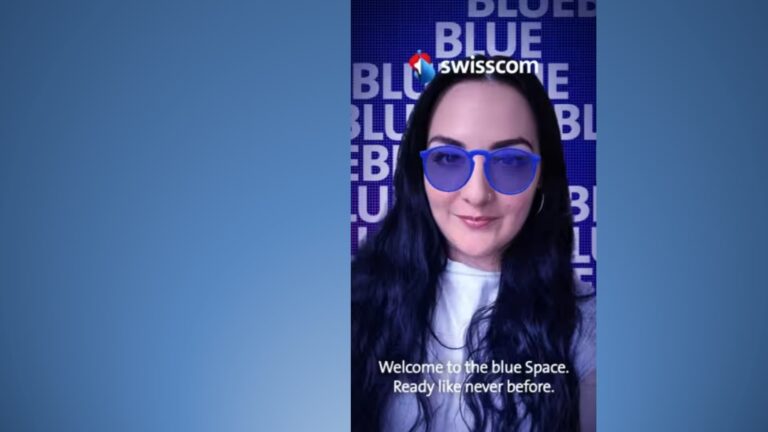
AR continues to evolve and take shape. Like other tech sectors, it has spawned several sub-sectors that comprise an ecosystem. These include industrial AR, consumer VR, and AR shopping. Existing alongside all of them – and overlapping to some degree – is AR marketing.
Among other things, AR marketing includes sponsored AR lenses that let consumers visualize products in their space. This field – including AR creation tools and ad placement – could grow from $4.7 billion in 2023 to $11.8 billion in 2028 according to ARtillery Intelligence.
Factors propelling this growth include brand advertisers’ escalating affinity for, and recognition of, AR’s potential. More practically speaking, there’s a real business case. AR marketing campaigns continue to show strong performance metrics when compared with 2D benchmarks.
How is this coming together? And what are best practices? These questions were tackled in a recent report by our research arm, ARtillery Intelligence, including narrative analysis, revenue projections, and campaign case studies. It joins our report excerpt series, with the latest below.
Blue Space
Swiss telecom company Swisscom wanted to promote the launch of its new “blue” line of consumer services, such as mobile data plans. So it was intent on boosting its visibility and brand equity in the Swiss market, especially among its target consumers in the under-40 demographic.
Given that this was a new product in the Swiss market, the campaign involved typical reach-based (upper-funnel) marketing goals to boost awareness. To achieve these visibility goals, Swisscom developed a custom Snapchat lens meant to engage users in a brand experience.
The lens welcomed users to Swisscom’s “blue space” – AR-based environments with interactive animations. For example, users could pose with blue sunglasses for shareable selfies. They could also pose in a gamer’s chair, on a beach, or at a concert with various recording artists.
Swisscom partnered with agencies Httpool and SocialSnack to execute the lens campaign. It also released a companion non-skippable video ad on Snapchat Discover that further promoted the brand and the lens. For a viral kick, users were also prompted share the lens with friends.
And the results of all the above efforts? Swisscom was able to achieve a 219 percent above-average play time (a.k.a., dwell time) for the Snapchat Lens. It also drove a 72 percent share rate for captured AR experiences, and 75 percent of video ads ran to completion. See it in action here.
Strike a Chord
Stepping back, what were the campaign tactics that drove this success? What are actionable takeaways for other brand marketers looking to strike a chord with AR? Swisscom’s first step was choosing Snapchat to align with its millennial targets, given demographic alignment.
Here, it leaned into AR’s strength as a brand awareness medium. The technology’s immersive depth creates lasting impressions. Swisscom also created variety in several combinations of experiences to avoid repetition. And it geo-targeted the lens for the product’s target market.
But most of all, lenses conveyed aspirational sentiments (e.g., posing with recording artists) which boosted users’ motivation to share captured lens experiences. The campaign was also coupled with a promotional video, as noted, which further amplified exposure of the lens and the brand.
That last part is a key takeaway. Often AR marketing succeeds when it piggybacks on established media like video. This can propel the lens’ awareness so that users know what it is (and what to do) when they see it. This made the whole greater than the sum of the campaign’s parts.
We’ll pause there and circle back in the next AR marketing case study with more best practices analysis. Meanwhile, check out the full report.






